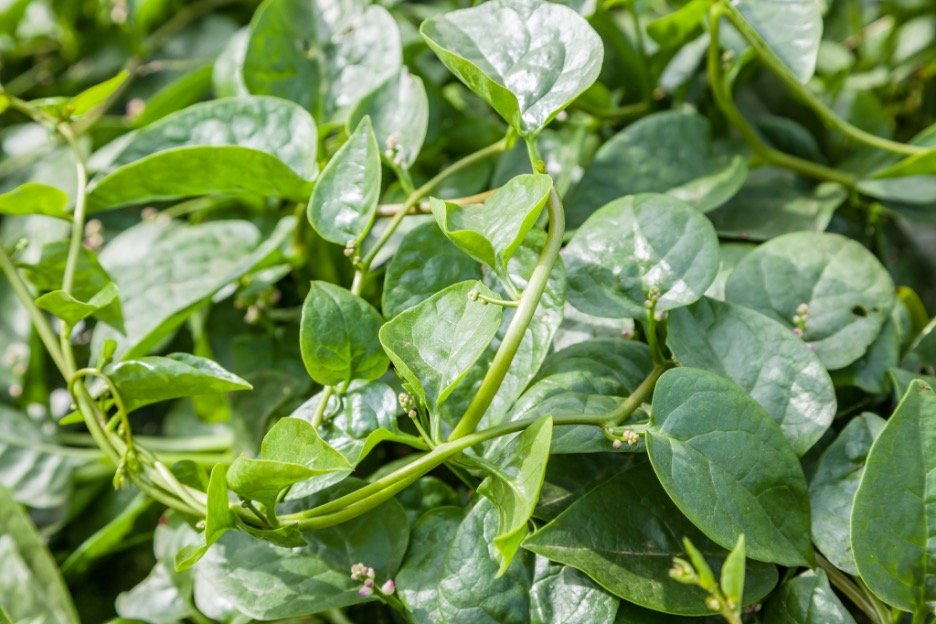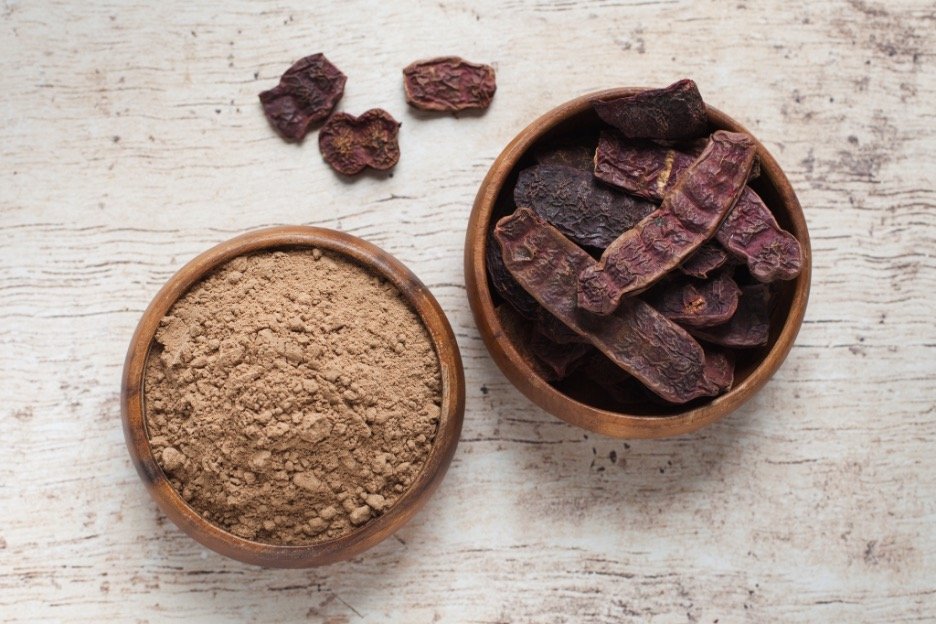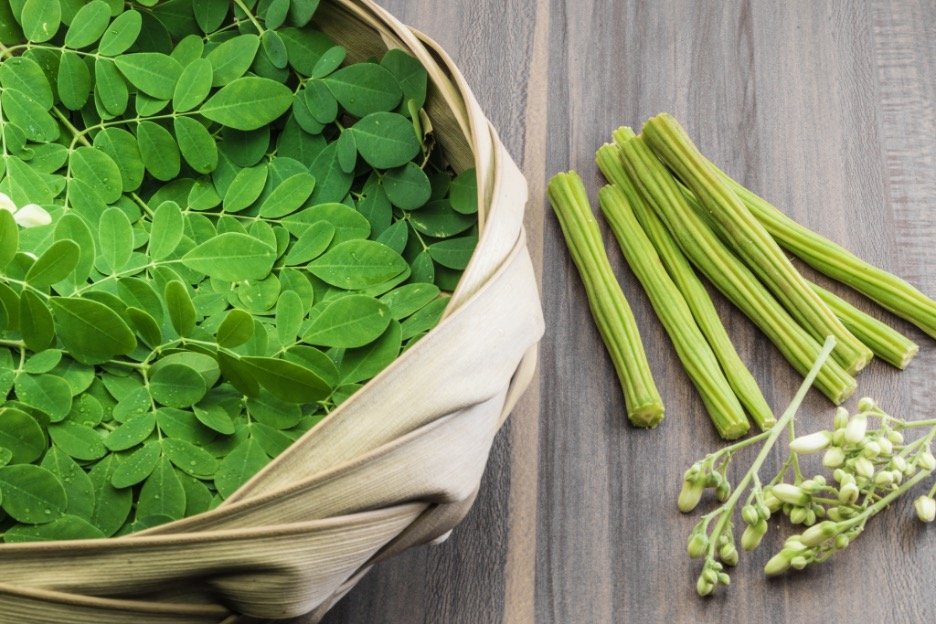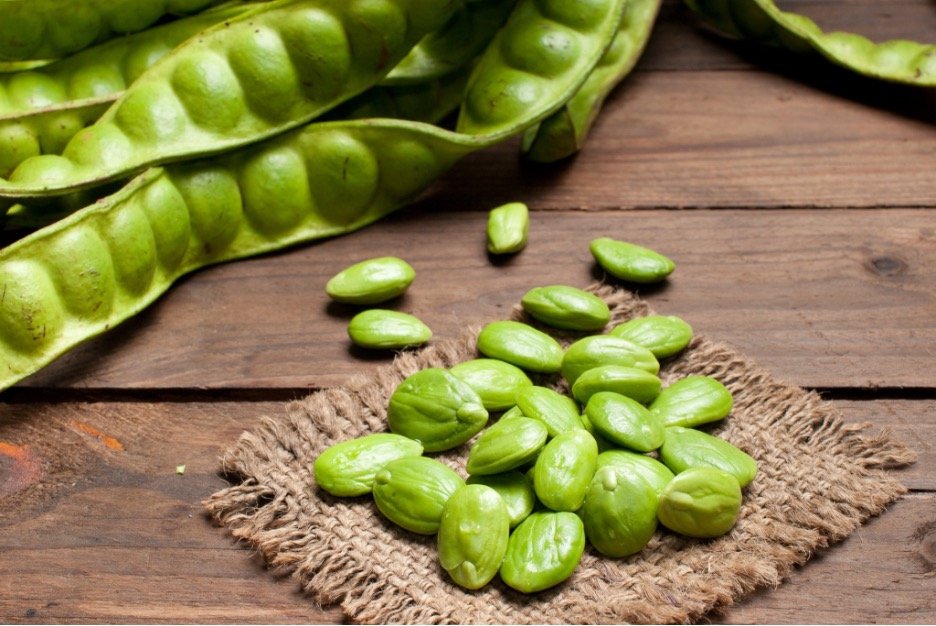A Gardener’s Guide to Wild Greens in Thailand
Have you ever seen locals in Thailand strolling down an alleyway or along a canal, searching for something in the bushes? They might be looking for pak phuen baan, or edible native plants, to bring home to prepare a meal.
You might not be able to spot them right now, but pak phuen baan (pak meaning “vegetable” and phuen baan meaning “native”) are everywhere. They come in all shapes and sizes, like the crawling vines of ivy gourd (tamlung) or the blossoming flowers of moringa (dok kajon). You’ll also find them throughout Thai cuisine, herbal remedies, and even household goods, whether pulverized into curries or steeped as a tea. Wouldn’t it be neat to grow them fresh in your very own garden?
This guide will bring you through some of the most common wild greens in the country, their benefits, their usage, and how you can grow them.
A Gardener’s Guide to Wild Greens in Thailand
- Wild greens in Thai culture
- Malabar spinach or pak plang
- Soap pod/shikakai or som poi
- Drumstick tree or maroom
- Bitter bean or sator
- Bringing phuen baan back to the city
Wild greens in Thai culture
The traditional use of wild vegetables in northern Thailand alone is well documented. Since ancient times, Thais have foraged and cultivated these species not only for their rich nutritional value but their medicinal properties, from controlling blood pressure and alleviating allergies to slowing aging and preventing obesity. According to a Chiang Mai University study, wild greens “are rich in macrominerals and trace minerals.”
Because of Thailand’s tropical and subtropical climate and fertile terrain, these edible plants naturally flourish in the wild and continue to sneak out of the nooks and crannies of our cities.
However, with innovations like hydroponics, which involves growing plants in water without soil, everyone can now become a horticulturist in their own home and enjoy the bounties of nature.
Malabar spinach or pak plang

Malabar spinach(Basella alba L. and Basella rubra L.) can be found in every part of Thailand, particularly in marshes and humid areas of northeastern Thailand.
There are two kinds of malabar spinach, the white variety with white flowers and green stems and leaves, and the red variety with reddish-purple flowers, stems, and leaves. Their heart-shaped leaves can be used to treat high blood pressure, inflammation, and eczema; their flowers to alleviate fungal skin infections and blood toxicity; their roots for constipation, dandruff, and cramps; and their drupes to make natural dyes.
You can reap the benefits of pak plang by cooking it in traditional Thai dishes like minced pork soup (gaeng jued) or a sweet & sour stir-fry (pad preaw whan). Growing is easy; all you need is the plant itself. Simply cut the stem or collect its dried drupes to plant in damp soil, and as it grows, keep it moist in a place with enough mild sunlight.
Soap pod/shikakai or som poi

Often found in dry evergreen and mixed forests, such as those on the foothill slopes of the northern region, soap pod (Acacia concinna) is distinguishable by its reddish-brown spiny branches which bear tiny feather-like leaves on both sides. When ripened and dried, its fruits have thick ridges and a coarse texture and look more like flat, long, brown bean pods which contain large dark shiny seeds. They’re widely used in Ayurvedic healing to expel impurities from both the digestive, circulatory, and respiratory system, such as in passing gas for bloating, flushing out phlegm for coughing, or cleansing blood for dialysis.
Thais usually eat the sour young leaves of soap pod fresh as sides to a dish or as garnishes on spicy salads like larb and jaew. Its fruits can also be boiled, for which the water they’re steeped in can be used on the scalp to reduce dandruff and itching, either as plain water or with other herbs like bergamot in shampoos.
Because of its drought resistance, soap pods blossom during the dry season from January to May and thrive in restored forests and even wastelands. The best way to grow it is to roast its seeds and sow it in well-drained soil and abundant sunlight.
Drumstick tree or maroom

Recently hitting the menu of many healthy cafes under its other name “moringa,” drumstick tree (Moringa oleifera) has long been a part of Thai cuisine. It’s no wonder that this plant has become a popular superfood; all of its leaves, bark, flowers, fruits, seeds, and roots have medicinal properties.
Though it’s no miracle drug, moringa contains high amounts of vitamin A, vitamin C, calcium, potassium, iron, and various other nutrients that can strengthen bones, treat mood disorders, protect the liver, nourish hair, and even prevent cancer. However, like many things, moderation is key. Due to its strong compounds, it’s best to avoid consuming too much moringa, especially for pregnant women, children, and people with blood disorders.
While often simmered with the central Thai variation of sour curry (gaeng som) or fried with egg and other home-cooked Thai meals, moringa leaves should be consumed with little or no heat for maximum nutritional benefit. Today, you can also find moringa as powdered supplements to add to your smoothie in the organic aisle of many supermarkets.
Moringa grows especially fast in the tropics and are highly tolerant to extremely high temperatures. It also requires low maintenance, especially if grown outdoors year-round. To grow this potent plant in your garden, simply harvest its seeds from the tree and immediately sow it in soil where there is heavy exposure to sun. You should keep them consistently moist, though never too wet, as they are sensitive to overwatering.
Bitter bean or sator

This pak phuen baan is easily recognizable for its long, flat green hatches and big pods—and even if you can’t spot it, you might smell it from afar. Also known as “stink beans,” bitter bean (Parkia speciosa Hassk.) has pungent, fleshy seeds which taste of a unique, mild bitter.
Bitter bean pods are rich with protein, fiber, calcium, phosphorus, iron, and many more vitamins and minerals which are known to help treat diabetes and kidney problems, increase appetite, improve eye vision, and cure headaches and even hangovers. Though bitter, its flavors go well stir-fried with other strong, tangy, and aromatic Thai ingredients. In combination with kapi fermented shrimp paste, it’s used to create stir-fried prawns with bitter bean, or pad sator goong, one of the most beloved dishes of southern Thailand. It is also typically eaten raw to complement other dishes.
The bitter bean plantloves ample space and light and well-drained loamy soil, though it can also grow in waterlogged soil. You can grow this plant simply by placing its seed, stem cutting, or bud, into soil.
Bringing phuen baan back to the city
Despite the benefits of modern pharmaceuticals, we should not forget that many of our medicines today are derived from the ancient knowledge and resourcefulness about plants which our ancestors have accumulated. As many of the pak phuen baan have shown, each plant embodies a multitude of healing properties and seems to hold within them a hidden world of healing left for us to discover.
The reason pak phuen baan lives on today shows how important it is for us to preserve not just our nature, but also our culture. As food systems concentrate into a few small networks of large-scale producers, restaurant chains, and supermarkets, the diversity in both our ecosystems and our diets narrows down everyday.
Food sovereignty is now more vital than ever, and these traditional ingredients, cuisines, and remedies serve as ways for us to pass down this relationship we have with native plants onto the next generation, so that they, too, can have the right to choose what they eat and how it’s grown.